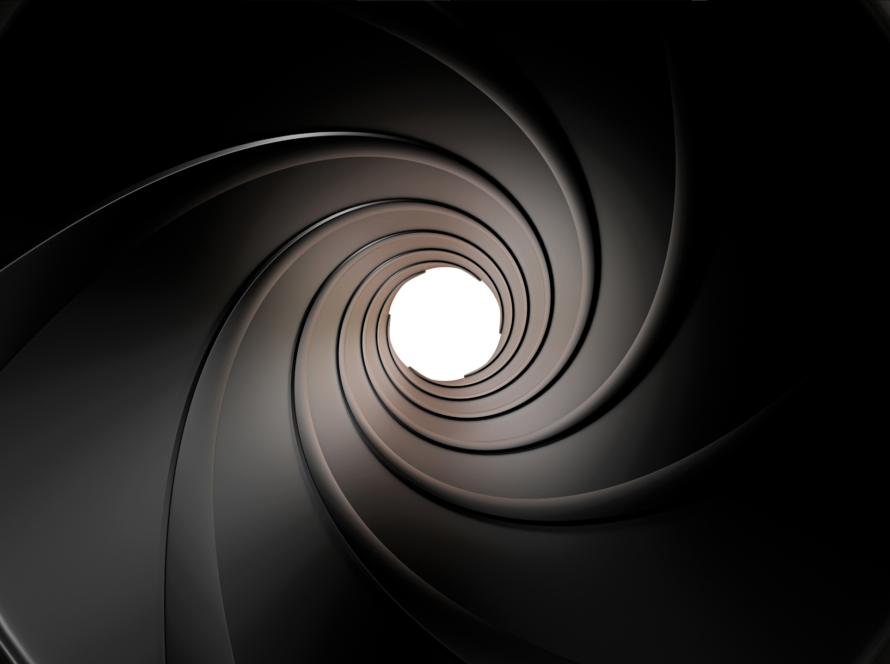The barrel is more than a tube. It affects velocity, accuracy, handling, and which bullets stabilize reliably. Swap the barrel and you can change the whole rifle’s personality.
Barrel length: tradeoffs and common choices
Common AR barrel lengths: 10.5″, 14.5″, 16″, 18″, 20″, 24″. Shorter barrels = lighter, more maneuverable, but lower muzzle velocity. Longer barrels = higher velocity and often better long-range performance, but more weight and length to carry.
Pick by role:
- 10.5″–14.5″ — CQB / PDW / very compact builds. Great for maneuverability; expect reduced velocity vs. longer barrels.
- 16″ — The classic balance: good velocity, manageable length, widely used for duty and general-purpose builds.
- 18″–20″ — Popular for precision and certain hybrid hunting builds—extra velocity and often a longer sight radius if using iron sights.
- 24″ — Dedicated precision/long-range or match rifles where you want every bit of velocity and ballistic performance.
Note: barrel length also interacts with the gas system. Short barrels often use shorter gas systems (carbine/pistol) and may require tuning (gas block, adjustable gas, buffer spring) to run reliably.
Twist rate: what the numbers mean
Twist rate is written like 1:7, 1:8, 1:9, etc. That means the rifling makes one full rotation in that many inches of barrel.
What it affects:
- Bullet stabilization — Heavier/longer bullets need a faster twist (lower number like 1:7 or 1:8). Lighter/shorter bullets stabilize fine in slower twists (higher number like 1:9 or 1:12).
- Accuracy sweet spot — Using the correct twist for the bullet weight gives better grouping and consistent performance.
Typical guidance (general rules):
- 1:7 — Stabilizes the longest/heaviest bullets (e.g., long 62–77 gr+ supersonic and many 5.56 NATO match bullets). Common for 5.56/223 builds focused on heavier match rounds or certain specialty loads.
- 1:8 — Extremely versatile — stabilizes a wide range from lighter 50–55 gr up to heavier 75–77 gr match bullets. Many modern barrels use 1:8 as an all-around choice.
- 1:9 — Good for typical 55–69 gr bullets (common for general use and many hunting loads).
- 1:11/1:12 — Optimized for lighter bullets (e.g., 50–55 gr). Seen on some older or lightweight barrels.
If you plan to shoot a wide range of bullet weights, 1:8 is a safe, versatile choice.
Barrel profile, material & contour
- Profile (light, government, heavy, medium) affects weight and heat-soak. Heavy or bull barrels help with long string accuracy but add mass.
- Material & treatment: Chrome-moly, stainless, chrome-lined, nitride, and other coatings each offer tradeoffs in durability, corrosion resistance, and cost. Stainless often shines for precision work; nitride/chrome lining improves longevity in high-round-count or duty rifles.
- Twist + contour + material together define your barrel’s performance envelope.
Gas system & harmonics — the fine tuning
- Gas length (pistol/carbine/mid/ rifle) affects dwell time and how the rifle cycles. Short barrels shorten dwell time; sometimes you need an adjustable gas block or lighter buffer to tune it.
- Barrel harmonics (how the barrel vibrates when a round is fired) impact accuracy. Contour, length, and muzzle device all change harmonics; a muzzle device or tunable weight can move the harmonic “sweet spot.”
How to choose for your build — quick checklist
- What’s the primary role? (home defense, range plinker, hunting, precision)
- Ammo you’ll shoot most: light target loads vs. heavy match bullets.
- How portable? Shorter for compact; longer for longer-range performance.
- Durability needs: high round counts/duty use → consider nitride or chrome-lined.
- Budget & maintenance: stainless match barrels cost more but can reward with precision.
Example picks:
- Do-it-all / duty: 16″ barrel, 1:8 twist, mid-weight contour, nitride.
- Competition / match: 20″–24″, 1:7 or 1:8 (depending on bullet), heavy/bull contour, stainless.
- Truck gun / SBR: 10.5″–14.5″, 1:7–1:8, adjustable gas or tuned system.
Why Downrange Precision Arms can help
At Downrange Precision Arms we build barrels and complete builds with attention to the details that matter: proper twist for your ammo, the right profile for your role, and gas tuning so the rifle runs clean and reliable. We offer:
- Barrel selection & consultation
- Threading, chambering, and headspace checks
- Gas system tuning and adjustable gas blocks
- Cerakote or finish options for protection and style
Quick FAQ
Q: Can I change twist rate later?
A: No — twist is cut into the barrel. You can swap the barrel, but not change twist on an existing one.
Q: Will a faster twist harm light bullets?
A: Not usually. A faster twist generally stabilizes lighter bullets fine, but in some edge cases it can increase barrel fouling or slightly affect accuracy with extremely light bullets.
Q: Do I need an adjustable gas block?
A: If you run a short barrel, suppressed config, or shoot a variety of loads, adjustable gas makes tuning simple and reliable.
Closing — choose with purpose
Pick a barrel with a clear mission in mind. The right combination of length, twist, material, and gas tuning will turn a good AR into a rifle that truly performs for your needs.
Want help choosing the exact barrel and gas setup for your next build? Reply with your intended use and the ammo you plan to shoot and we’ll recommend a setup and parts list.
Suggested images for the post
- Photo comparison of 10.5″, 16″, 20″ barrels side by side (alt: “AR-15 barrel length comparison”)
- Closeup of rifling and twist rate marking (alt: “Barrel rifling and twist rate 1:8 example”)
- DPA shop photo showing barrel work/assembly (alt: “Downrange Precision Arms gunsmith at work”)




